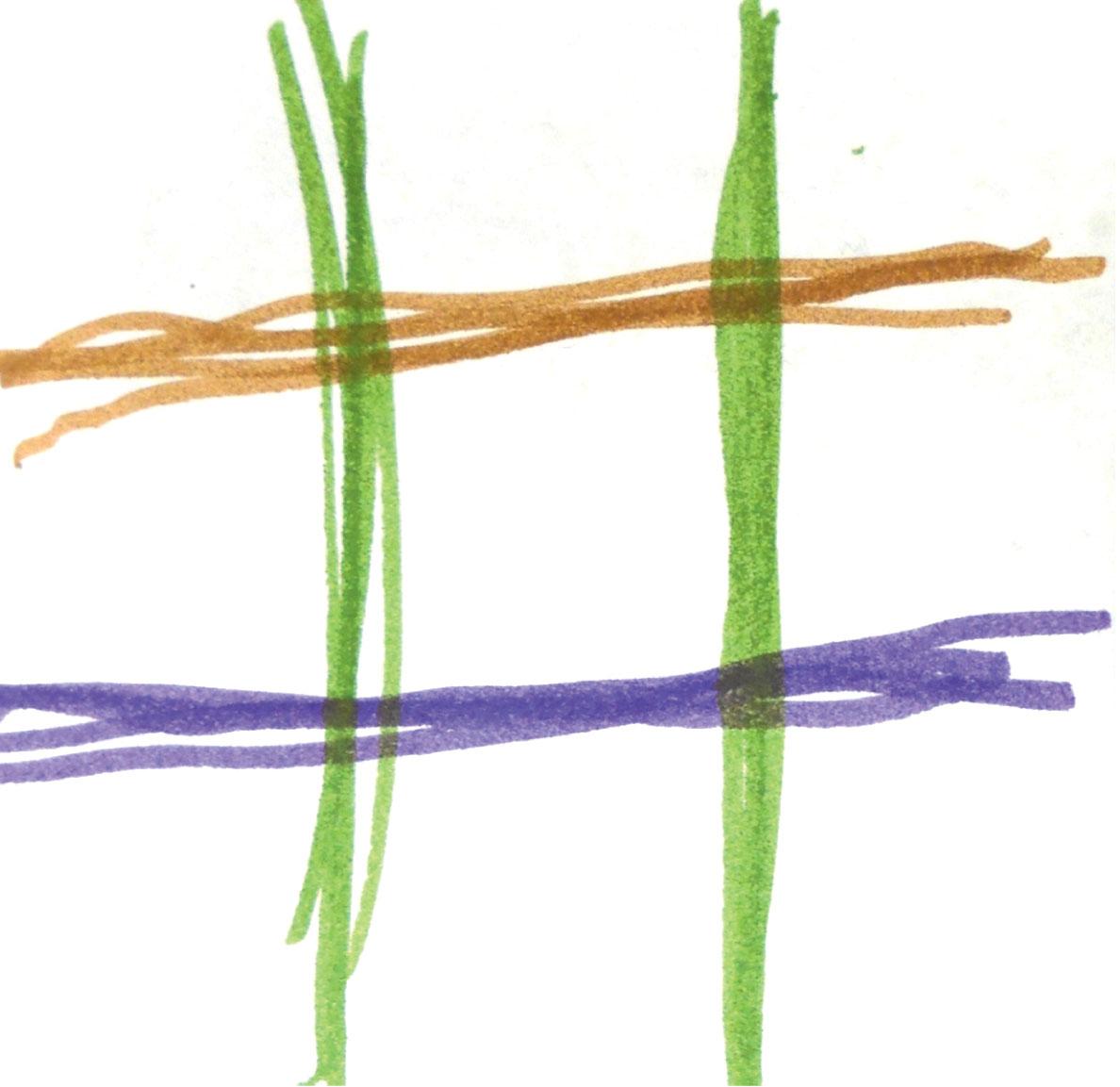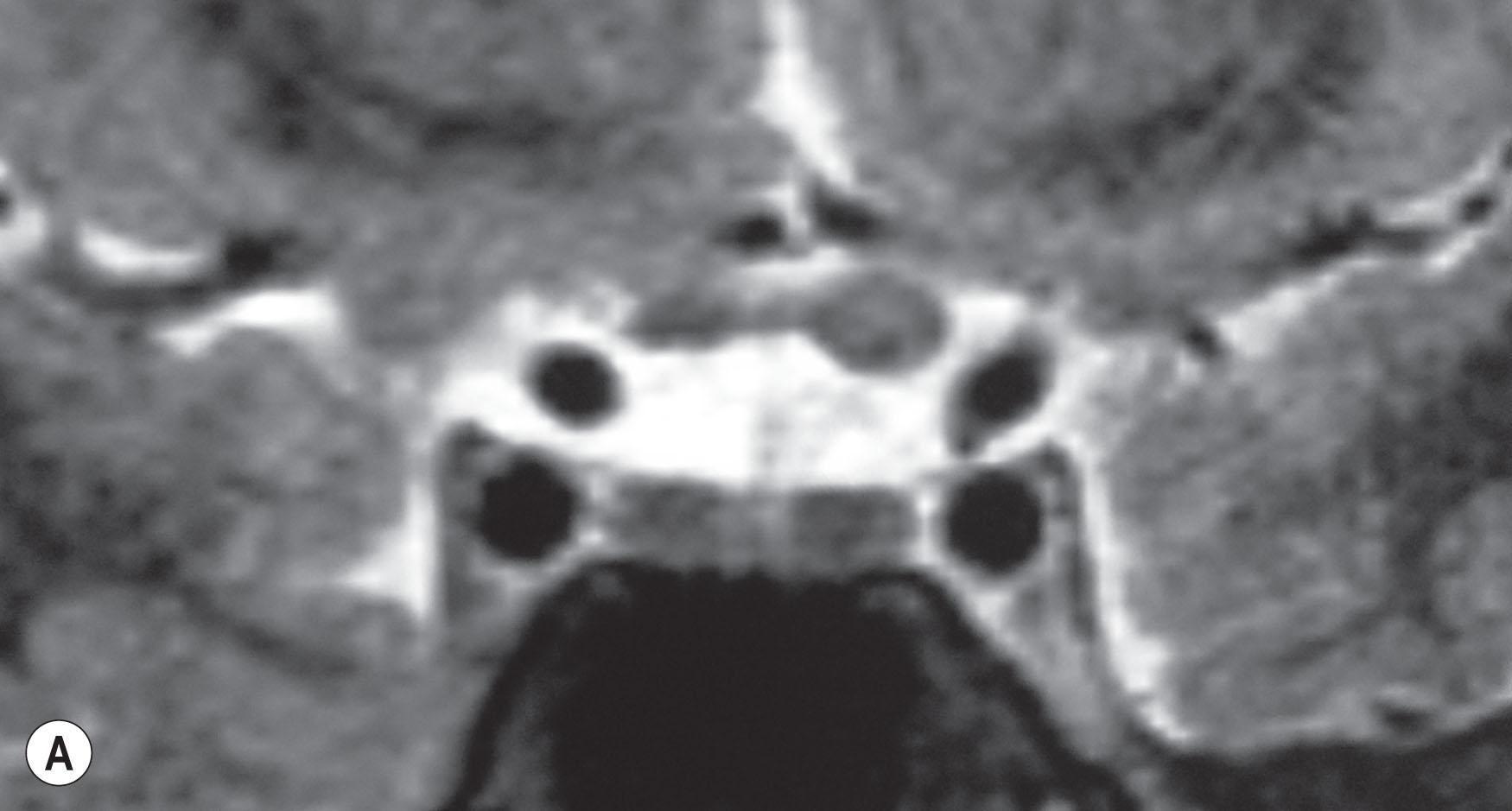Physical Address
304 North Cardinal St.
Dorchester Center, MA 02124
Unusual visual experiences are not rare in children, but are often difficult to interpret due to the difficulty for the child to express the peculiar sensation. Most complaints will be of a benign and usually transient nature, requiring only reassurance. However, a visual complaint may have a more significant meaning, indicating a serious underlying disorder. It is important to take the child's and parents' complaint seriously and to approach its evaluation systematically.
A short mnemonic may help when dealing with such cases. “OSCE” stands for:
O -ptical (refractive, optic media)
S -ensory (visual pathway)
C -erebral (neurologic, psychologic/functional, psychiatric)
E -fferent (motor, e.g. nystagmus, superior oblique neuromyokymia, or accommodative spasm) causes.
This should ensure that the evaluation of the problem is complete ( Table 100.1 ). An appropriate history should be taken, followed by a clinical examination. Ancillary investigations and referral to other specialists may be required ( Box 100.1 ). A definitive diagnosis is not always reached ( Fig. 100.1 ). Remember that even apparently bizarre symptoms can arise from organic disease ( Fig. 100.2 ).
| Mnemonic “OSCE” | |
|---|---|
| O -ptical |
|
| S -ensory (visual pathway) |
|
| C -erebral |
|
| E -fferent (motor) |
|
History
Sensory assessment
Visual acuity
Color vision
RAPD
Amsler grid
Visual field test (confrontation if young)
Optical media and refraction
Red reflex/Brückner test
Refraction
Ocular exam
Examination of anterior segment
Examination of posterior segment
Motor
Hirschberg corneal reflex
Cover and alternating cover test
Extraocular movements (pursuit, saccades, convergence)
Accommodation
Investigations
Corneal topography (in keratoconus)
Ocular imaging (OCT, AF, FFA, ultrasound)
Neuroimaging (MRI, CT)
Electrodiagnostic testing (ERG, VEP, EEG)
Referral (pediatrician, neurologist, psychologist)
AF, Autofluorescence; CT, computed tomography; EEG, electroencephalography; ERG, electroretinography; FFA, fluorescein angiography; MRI, magnetic resonance imaging; OCT, optical coherence tomography; RAPD, relative afferent pupillary defect; VEP, visual evoked potential.


Below, the complaints are divided into individual visual symptoms and ranked from common to rare. There are excellent reviews of this subject.
Entoptic phenomena are visual perceptions arising from sources within the eye rather than the outside world. Most are harmless phenomena that are usually either not perceived or ignored but that may be noticed by a bright young child. They are noticed under special viewing or light conditions. Most people will have experienced some of them at some point in their life. Clinicians use them to assess the presence of gross retinal and optic nerve visual function when no direct fundal view is possible due to dense media opacities. Children with very poor sight due to retinal causes will often rub and poke their eyes to stimulate entoptic phenomena (oculodigital sign; see Chapter 62 ).
The Scheerer (or blue field entoptic ) phenomenon consists of seeing tiny bright spots that rapidly move in squiggly lines, especially when looking into the bright clear blue sky or an open field of snow. They are thought to be due to the movements of white cells in the capillaries near the macula. Blue field entoptoscopy has been used to measure retinal capillary flow.
Most children with normal vision will notice Purkinje trees , which are images of their own retinal circulation. They are best seen when a bright light is shone through the closed eyelids, when the retinal vessels cast a shadow on the unadapted, underlying photoreceptors.
Other harmless entoptic phenomena include Purkinje blue arcs, Haidinger brushes, light diffraction through eye lashes, as well as floaters, photopsia, and phosphenes.
Phosphenes and photopsia are brief entoptic phenomena. Phosphenes can be induced by mechanical (eye rubbing, sneezing), electrical, and magnetic stimulation of the retina and visual cortex as well as by the spontaneous firing of retinal cells. Pressure phosphenes consist of seeing colors and lights with eye rubbing. Flick phosphenes are flashes of light that are seen during eye movements, especially when the retina is dark-adapted and the lids are closed. Accommodative phosphenes of Czermak occur with sustained accommodative effort and may be due to ciliary muscle traction on the peripheral retina.
Photopsia and phosphenes may also be pathologic and associated with several important pathologies of the retina (retinal traction, tear, detachments, retinal inflammation, outer retinal disease), the optic nerve (optic neuritis, papilledema), or the brain (typically migraine). In the anterior segment, irritating reflections, glare, and dysphopsia may be caused by corneal pathology, cataracts, the edge effect of a dislocated or scratched intraocular lens, or posterior capsular opacification. Thorough examination, especially of the peripheral retina, is indicated to exclude potentially sight-threatening pathology.
At birth, the tertiary vitreous is perfectly transparent. Myodesopsia is the perception of a floater caused by imperfections or deposits within the vitreous body that cast a moving shadow on the retina. Floaters have been likened to “flying flies” (synonyms: mouches volantes in French or muscae volitantes in Latin). The floater is most noticeable against a uniform, bright background and when it comes closest to the retina. Unlike a scotoma, which is fixed in space, a floater comes and goes and moves from second to second.
Most floaters are entirely harmless, albeit annoying, and require reassurance only. These are due to normal degenerative changes in the vitreous (vitreous syneresis, uncomplicated posterior vitreous detachment, Weiss ring) and become ubiquitous with increasing age, affecting myopes earlier than emmetropes. Occasionally, they are caused by asteroid hyalosis, synchysis scintillans, or a persistent primary vitreous remnant in Cloquet's canal, which are of no further consequence.
However, new floaters may be of concern, especially if associated with photopsia, a shadow, or reduced vision. This always warrants an ophthalmologic examination to exclude a retinal tear, retinal detachment, vitreous hemorrhage, or uveitis.
A visual sensation similar to a vitreous floater may be seen with precorneal tear film abnormalities (dry eye, meibomian gland dysfunction, foreign body), but can easily be differentiated from these by the clearing effect of blinking, the associated external symptoms of ocular irritation, and by ocular examination.
Children will frequently complain of their vision being “fuzzy” or “blurry.” The most common cause will be an unrecognized refractive error. Other frequent causes include intermittent or constant strabismus, amblyopia, afterimages after looking at bright light, entoptic phenomena, tear film, and conjunctival or corneal abnormalities (e.g. dry eye, unstable tear film with meibomian gland dysfunction).
Important non-ischemic causes of transient visual loss include migraine (associated with nausea and headaches and photopsia/teichopsia), ictal/postictal visual loss in epilepsy (may be associated with motor, sensory, autonomic signs, or automatisms), visual obscurations in papilledema (associated with symptoms of raised intracranial pressure that are worse with postural change and Valsalva maneuvers), optic neuritis (associated with discomfort with eye movements and recent infections/immunizations in children), Uhthoff phenomenon in optic neuropathy (loss of vision associated with rising body temperature, e.g. in a hot shower), post-traumatic transient cerebral blindness (associated with occipital lobe injury), gaze-evoked amaurosis due to transient compression of the intraorbital optic nerve or ophthalmic artery (associated with eye movements), transient intraocular pressure rise, poor diabetic control, intraocular inflammation , and hemorrhages .
Ischemic causes include hypertension/hypotension, cardiac (arrhythmia, septal defects), arterial (dissection, aneurysmal, vasculitis, moyamoya disease, vasospasm), and prothrombotic and rheologic/hematologic (polycythemia, leukemia) disorders, all of which require urgent pediatric referral.
Visual perception of movements may be motor, sensory, or cerebral in origin. Motor causes are oscillopsia due to either nystagmus , in which case it tends to be acquired, or superior oblique myokymia . In superior oblique myokymia, the oscillopsia is monocular and vertical and/or torsional. The diagnosis is made by making the patient look into the field of action of the superior oblique and looking for brief saccadic movements on ophthalmoscopy. Eyelid myokymia are involuntary and usually harmless lid contractions that are differentiated from true oscillopsia by history and examination.
A sensory cause is the Pulfrich phenomenon , caused by delayed conduction in optic neuropathy. The stereoscopic effect is a result of the retinal disparity cue caused by the latency disparity between the two optic nerves. This can be tested by swinging a ball in a line perpendicular to the subject from side to side. Instead of seeing the object swing from side to side, the patient perceives an elliptical movement in a horizontal plane.
Epileptic kinetopsia is an ictal illusory perception of motion seen in temporal lobe epilepsy.
Loss of color vision is physiologic under scotopic light conditions due to the relative insensitivity of cones compared to rods (“all cats are gray in the dark”). Children may describe colorful afterimages after looking at a bright object, which persist for a while, even when closing both eyes. A clear history and a simple explanation will reassure the child and parents.
True dyschromatopsia is a disturbance in color vision. Congenital color blindness is the most common cause for dyschromatopsia. Deuteranomaly affects approximately 5%–8% of boys, but only 0.4% of girls. Commonly, this is noticed by others rather than the child, for example when observing the child naming or drawing objects' colors incorrectly or during vision screening at school. Acquired dyschromatopsia is common with media changes (e.g. cataract, vitreous hemorrhage), optic nerve disease (e.g. optic neuritis), and, less often, with retinal and macular disease (e.g. retinal and macular dystrophies). Köllner's rule pertains to the causes of acquired color vision loss and states that diseases of the outer retina (e.g. in macular disease) typically result in blue–yellow color defects, while disorders of the inner retina, the optic nerve, and beyond tend to cause red–green color loss; however, important exceptions to this general rule include blue–yellow deficits in glaucoma and dominant hereditary optic atrophy, red–green deficits in Stargardt disease, and mixed red–green and blue–yellow deficits in optic neuritis. Relative bitemporal red desaturation on confrontation is an early clinical indicator of compression of the optic chiasm. Cerebral causes of color loss are rare (cerebral achromatopsia).
Become a Clinical Tree membership for Full access and enjoy Unlimited articles
If you are a member. Log in here